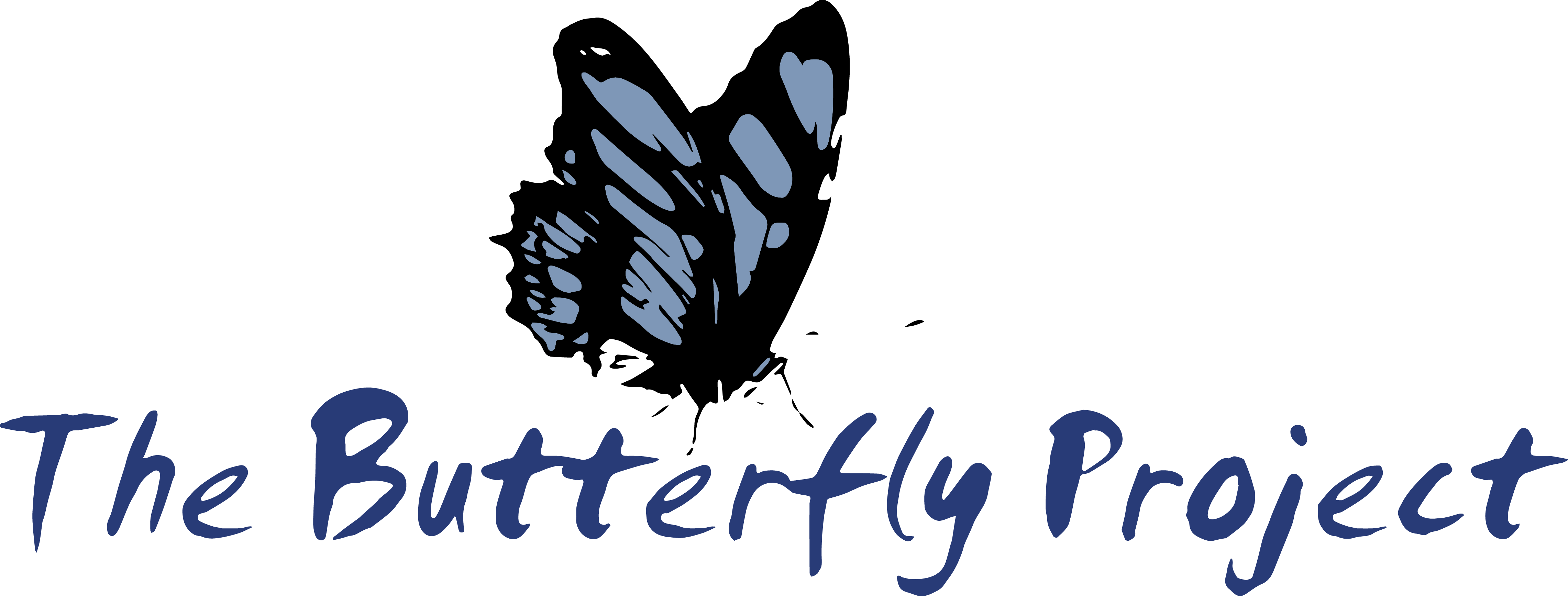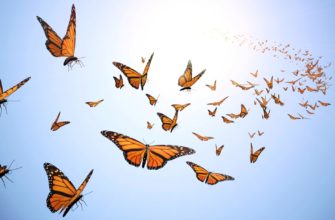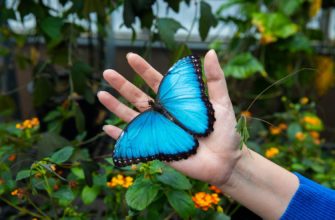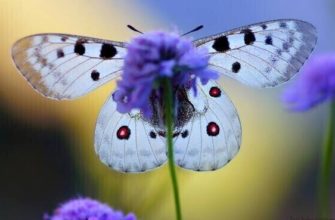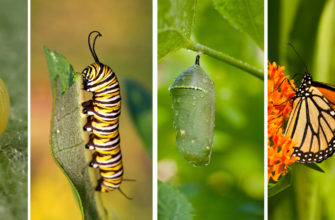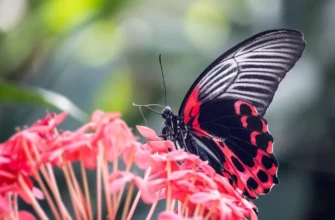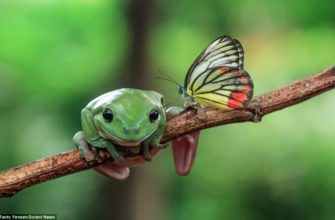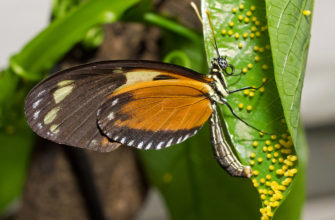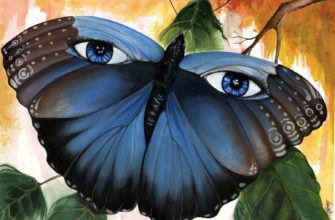Butterflies, like most insects, drink nectar as their primary source of sustenance. They use a long, thin proboscis to suck the nectar from flowers. Some species of butterflies also drink from other sources such as tree sap, rotting fruit, and even animal dung for the salts and minerals they need in their diets. Despite common misconception, butterflies do not drink blood as it is not a part of their natural diet. However, some butterfly caterpillars feed on the blood of animals or birds for survival. According to National Geographic, “The vampire moth has been known to pierce through the skin of domestic animals and consume their blood to survive.”
Who knew butterflies were such bloodthirsty little devils? Time to rethink that butterfly tattoo.
Understanding the feeding habits of butterflies
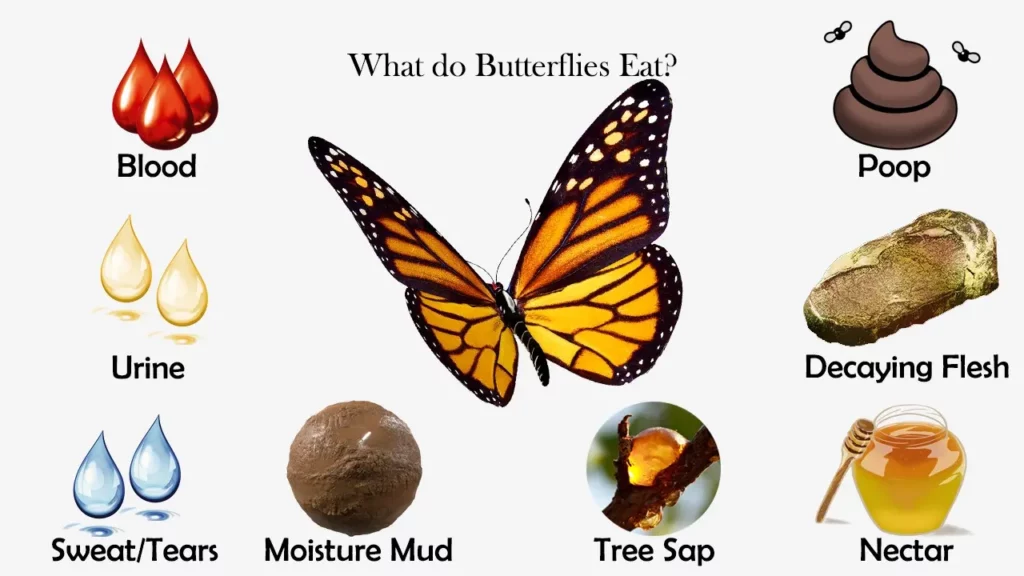
To understand the feeding habits of butterflies, you need to delve into their choices of food. With “Understanding the feeding habits of butterflies” as your guide, explore their preference for nectar, and other sources of food that they consume.
Butterflies’ preference for nectar
Butterflies, like many insects, have a strong preference for sweet and nutritious nectar as their main food source. Their feeding habits have been studied extensively by researchers to understand the importance of these behaviors in the life cycle of butterflies.
- Butterflies are attracted to brightly colored flowers that contain high levels of sugar and are easy to reach.
- Nectar provides butterflies with essential nutrients such as carbohydrates, amino acids, and vitamins.
- Butterflies use their proboscis to sip nectar from flowers. They can detect the sweetness of nectar through their taste receptors located on the proboscis.
- The act of feeding on nectar also helps butterflies with pollination, which in turn helps plants reproduce.
Interestingly, some butterfly species have evolved to feed on other things besides nectar. For example, some swallowtail butterfly larvae feed exclusively on specific plant species while others may even feed on bird droppings.
Historically, butterflies’ preference for nectar has been documented in art forms around the world. Ancient Egyptians depicted Butterflies flying towards lotus blossoms in their artwork while Greek mythology portrays them as symbols of beauty and transformation. Butterflies have a sweet tooth, but don’t be surprised if you see them indulging in a little poop-eating or sipping on a fermented fruit cocktail.
Other sources of food for butterflies
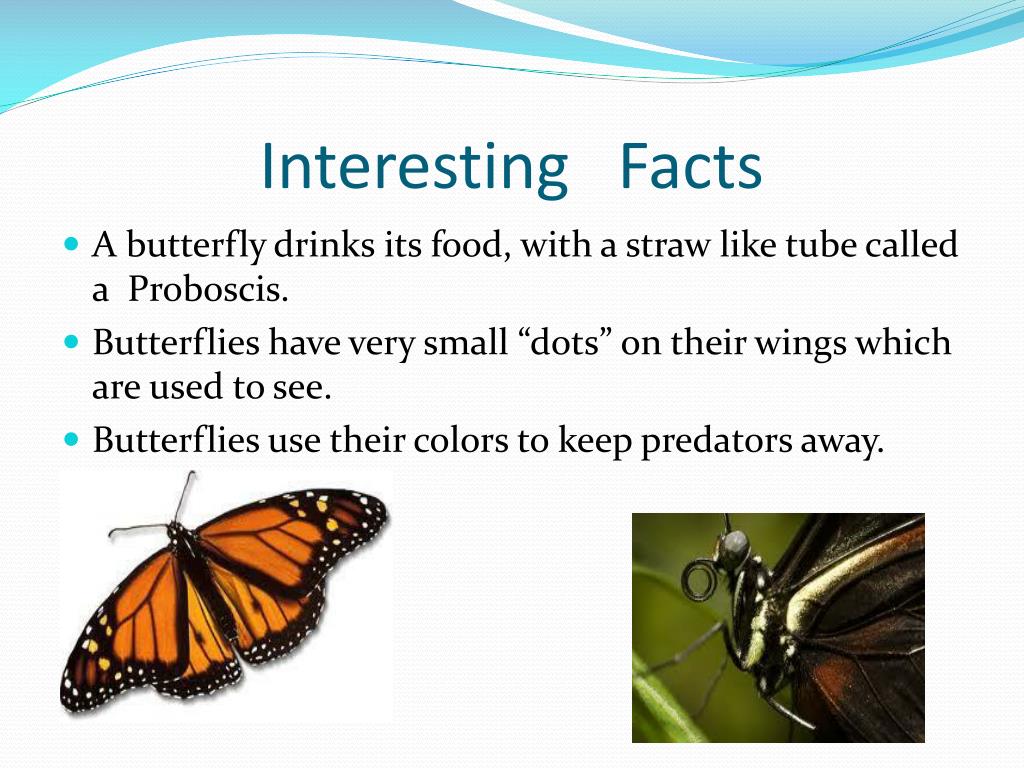
Butterflies have a diverse range of food sources apart from nectar. Here are some other sources of nutrition for these fluttering creatures:
- Tree Sap: Many species rely on sap as it is rich in sugars and minerals.
- Fruit Juice: The juice from fruits that have been punctured or damaged can be a nutritious alternative to nectar.
- Rotting Animals: Although unpleasant, the decaying flesh of dead animals can provide proteins and other essential nutrients for adult butterflies.
- Minerals in soil/water: Some species visit mud puddles or wet sand to collect minerals required for their physiological needs.
- Pollen: While pollen does not provide all the essential nutrients required, some butterfly species consume small amounts for added benefits.
It is important to note that not all butterfly species have the same feeding habits, and the availability of alternative food sources can vary according to seasons and regions.
Butterflies play an important role in maintaining ecosystem balance. By understanding their feeding habits, we can better preserve their habitats and ensure their survival for future generations.
Don’t miss out on learning more about these fascinating creatures. Join conservation efforts by planting butterfly-friendly gardens or supporting local organizations dedicated to protecting these pollinators.
Butterflies drinking blood? Not to burst your bubble, but that’s just a fluttery vampire myth.
Myths and misconceptions about butterflies drinking blood
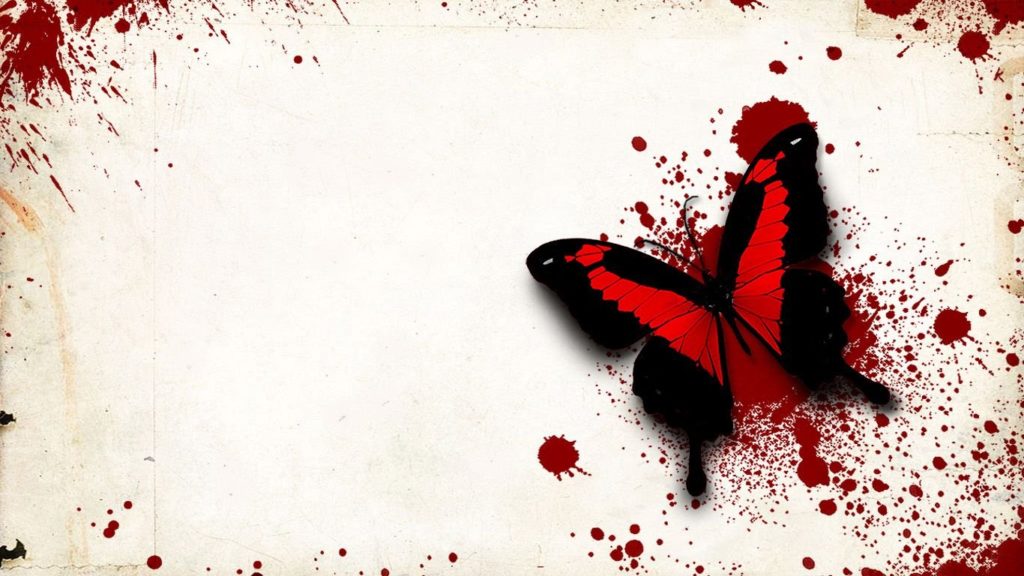
To clear the air on myths and misconceptions about butterflies drinking blood, we present a couple of sub-sections – Debunking the myth of vampire butterflies and Clarifying the misconceptions on butterfly mouthparts. This will help you better understand the feeding behavior of butterflies and why they may land on human skin.
Debunking the myth of vampire butterflies
Butterflies do not suck blood despite the misconceptions. Though some butterflies may resemble vampire-cultured moths due to their body coloration, they do not feed on blood. Scientists have proven that butterflies predominantly feed on nectar and mineral-rich water drawn from moist areas, flowers, fruits, and rotten fruits. Therefore, myth-busting rumors of vampire butterflies is baseless.
Dragonflies and mosquitoes are popular among insects known for sucking blood, unlike their butterfly counterparts.
In addition to its misconception regarding blood-sucking behavior, the butterfly has been subject to numerous myths worldwide portraying the insect as a fairy or angel. People worldwide associate butterflies with love, happiness or someone specialness of their lives who have passed away. A common myth around migratory monarchs is that they bear the souls of dead warriors. However, scientists argue that migratory patterns rely on seasonal cues like temperature and day length.
The history of frighteningly beautiful vampire-like moth-man-Butterfly originated from ancient Egypt’s death mask of a pharaoh. The mask featured intricate designs with batwings intertwined between images belonging to insects playing prominent roles in pollination and natural fertilization processes across various ancient cultures. This made the association between beauty and fear synonymous within folklore about moths depicted as evil creatures associated with graveyards and darkness for years until modern times clarified these superstitions existed without scientific basis.
Prepare to have your mind blown: butterflies don’t use tiny straws to sip blood like miniature vampires.
Clarifying the misconceptions on butterfly mouthparts

Butterfly mouthparts are not designed for drinking blood, despite misconceptions. Rather, their proboscis is used for feeding on nectar or other liquids. The sharp edges on the proboscis do not allow a butterfly to pierce skin or draw blood like mosquitoes or ticks.
It is important to note that there are some species of butterflies that do drink sweat or tears from animals but this does not harm the animal and is only done for nutrient intake. Additionally, some male butterflies may absorb nutrients from rotting fruit through their legs.
Pro Tip: If you want to attract butterflies to your garden, plant flowers with bright colors and sweet scents as these are important factors in attracting them for nectar feeding.
Looks like vampires are safe from competition with butterflies after all.
Conclusion: No, butterflies do not drink blood
Butterflies are not known to drink blood. While certain insects, such as mosquitoes and ticks, feed on blood for survival, butterflies primarily obtain their nutrients from nectar. A butterfly’s long proboscis is well adapted for sipping nectar from flowers. In fact, some species of butterflies also consume tree sap or rotting fruit juices as they are rich in sugars and minerals.
Although there have been cases where butterflies have been found drinking the tears of turtles or other moist surfaces for salt and minerals, these instances are rare and do not involve drinking blood.
It is noteworthy that in some cultures or folklore, certain creatures may carry symbolic or supernatural meanings associated with blood-feeding behavior. However, it is crucial to understand that such beliefs are based on myths and legends rather than scientific facts.
